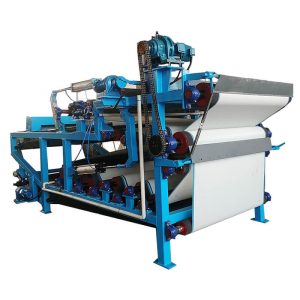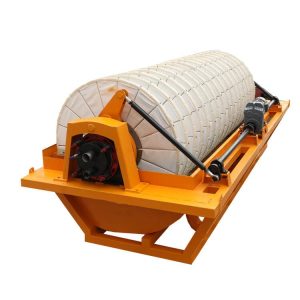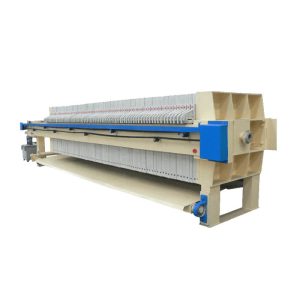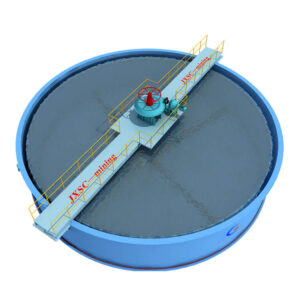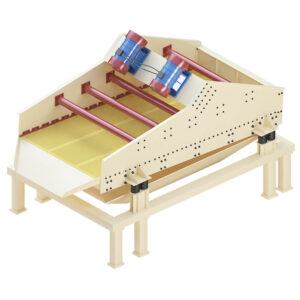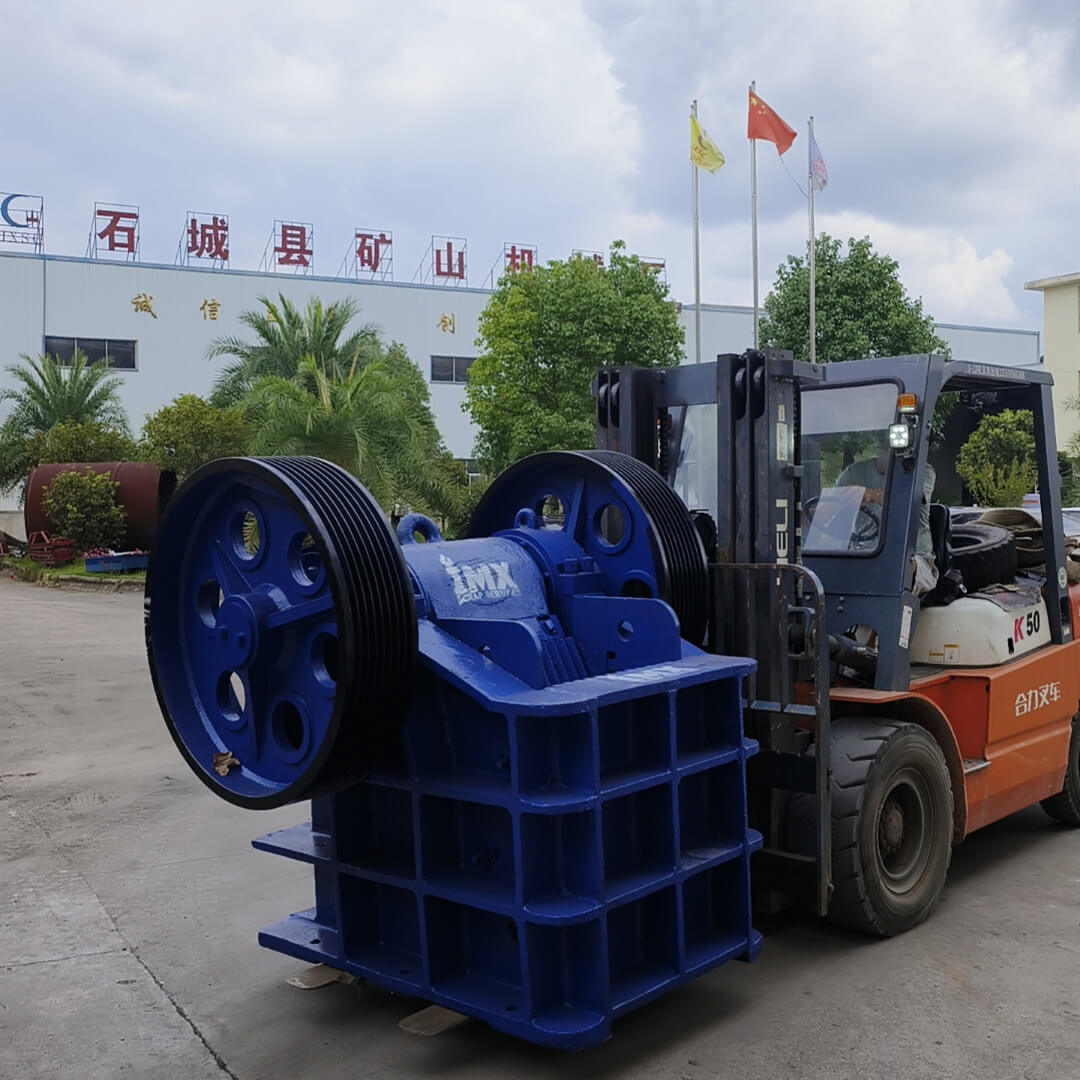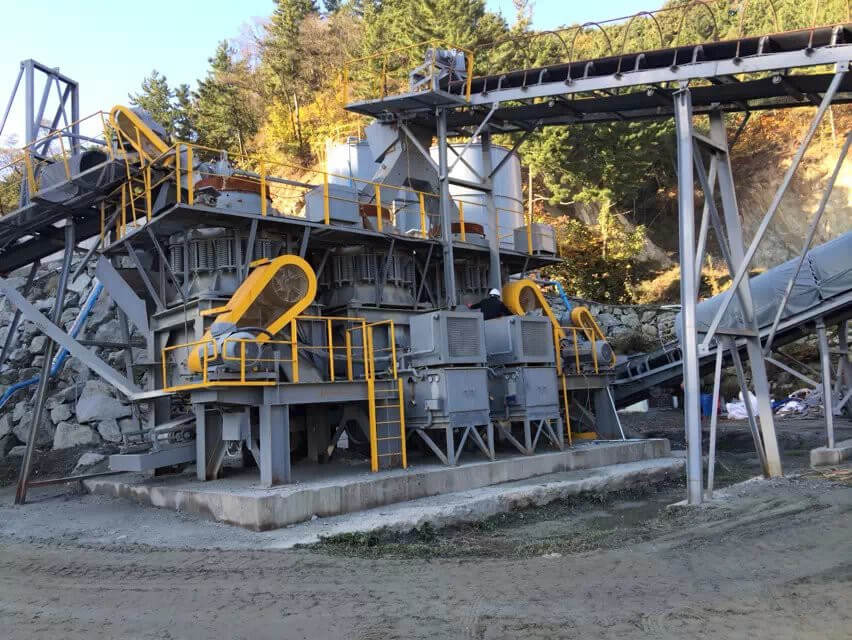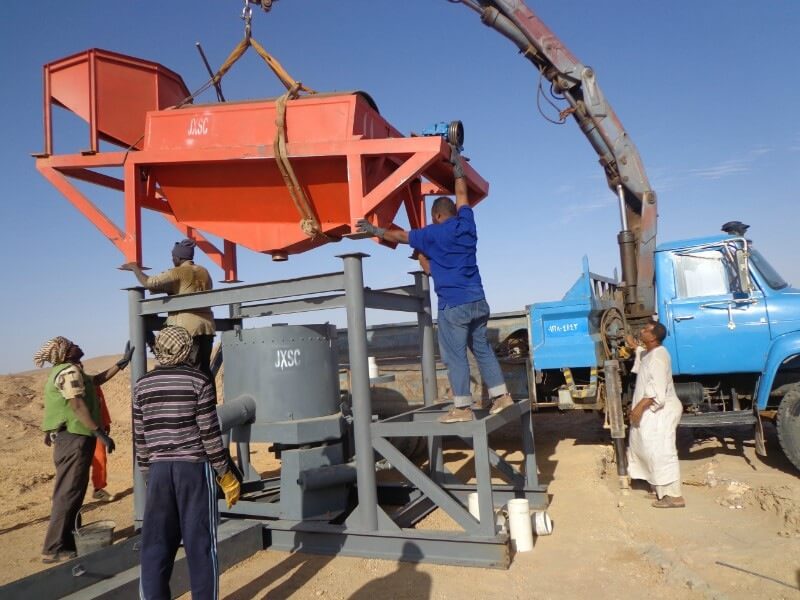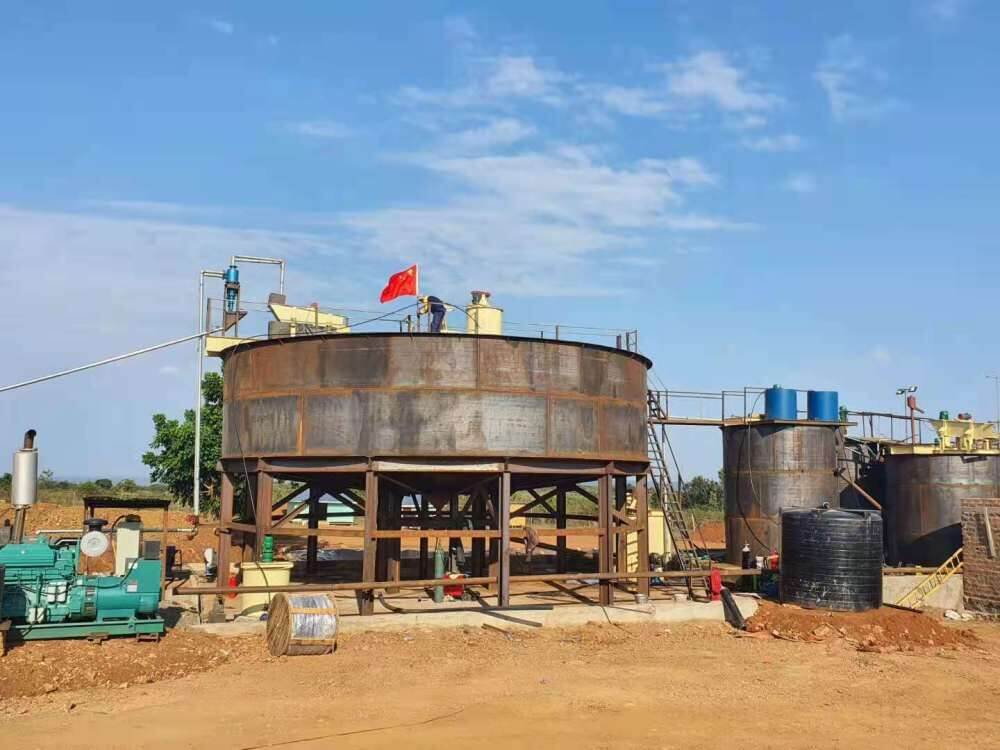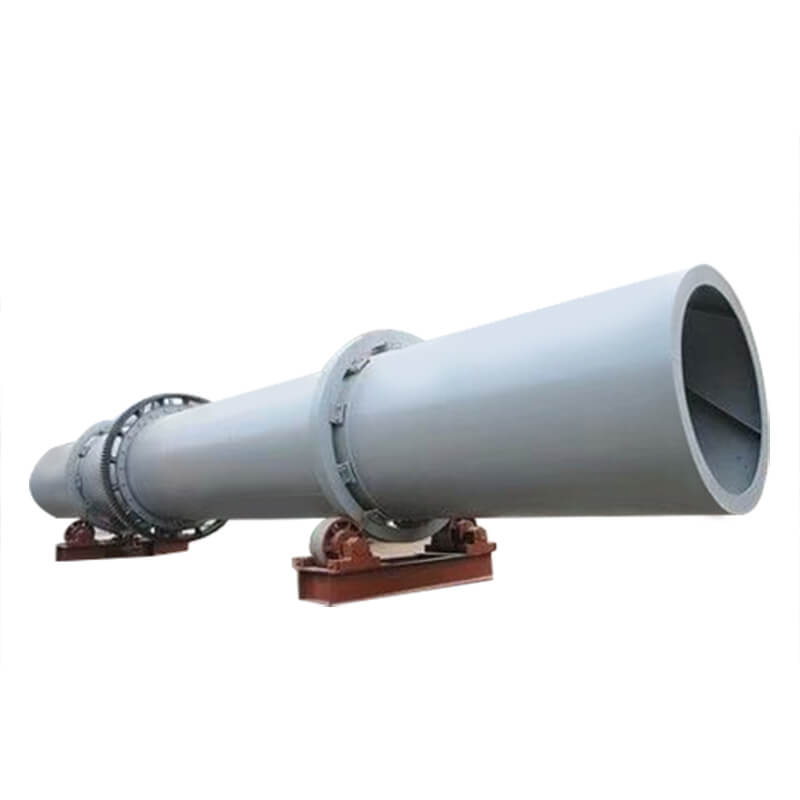
Rotary Dryer
Capacity: 1.9~76 T/H
Procession Material: Gold, chrome, tin, coltan, diamond,tantalize, silica sand
Rotary Dryer Overview
Rotary Dryer can be used for drying materials with a certain humidity or granularity, widely used in building materials, metallurgy, chemical industry, cement industry drying slag limestone, sludge, slag, clay, and other materials.
The Drum dryer has strong adaptability to materials, can dry all kinds of materials, and equipment operation is simple and reliable, so it has been widely used.
Advantages
Rotary Dryer Advantages
- Compact structure
- Less floor area
- Reliable operation
- Low energy consumption
- High heat efficiency
- Good drying effect
- Easy automatic control and fewer operators
Structures & Working Principle
Rotary Dryer Structure
The rotary drum dryer is mainly composed of rotary body, lifting plate, transmission device, supporting device and sealing ring and other parts.
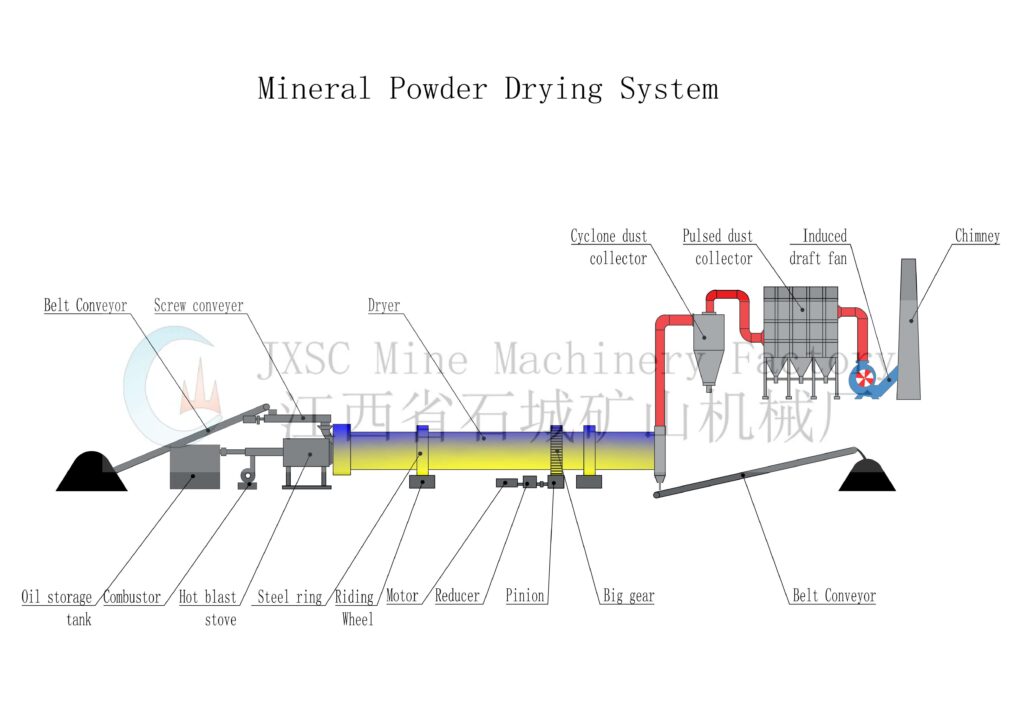
Rotary Dryer Working Principle
The mineral material is transported to the hopper by a belt conveyor or bucket elevator, and then the hopper feeder enters the feeding end through the feeding pipe. The inclination of the feeding pipe should be greater than the natural inclination angle of the material so that the material can flow smoothly into the mine dryer. The dryer cylinder is a rotating cylinder tilted slightly to the horizontal line. The material is added from the higher end, and the heat-carrying body enters from the lower end. The heat-carrying body is in contact with the material in a countercurrent way. As the cylinder rotates, the material is moved to the lower end by gravity. In the process of moving forward in the cylinder, the wet material is directly or indirectly given the heat carrier, which makes the wet material dry, and then is sent out through the belt conveyor or the screw conveyor at the discharging end. The inside wall of the slag dryer is equipped with a copy board, which can copy and scatter the material, so as to increase the contact surface between the material and the airflow, so as to increase the drying rate, and promote the advancement of the material. After the heat carrier Dryer, the general need for the cyclone dust collector gas with the material captured down.
Technical Parameters
Model Diameter*Length | Drum Volume(m3) | Capacity(t/h) | Angle of Inclination(%) | Intake Humidity(℃) | Main Motor(kW) | Weight(t) |
| Ⴔ1.2×8 | 9 | 1.9-2.4 | 3-5 | 700-800 | 7.5 | 9 |
| Ⴔ1.2×10 | 11.3 | 2.4-3.0 | 3-5 | 700-800 | 7.5 | 11 |
| Ⴔ1.5×12 | 21.2 | 4.5-5.7 | 3-5 | 700-800 | 15 | 18.5 |
| Ⴔ1.5×14 | 24.7 | 5.3-6.6 | 3-5 | 700-800 | 15 | 19.7 |
| Ⴔ1.5×15 | 26.5 | 5.7-7.1 | 3-5 | 700-800 | 15 | 20.5 |
| Ⴔ1.8×12 | 30.5 | 6.5-8.1 | 3-5 | 700-800 | 18.5 | 21.5 |
| Ⴔ1.8×14 | 35.6 | 7.6-9.5 | 3-5 | 700-800 | 18.5 | 23 |
| Ⴔ2.2×14 | 45.6 | 9.7-12.2 | 3-5 | 700-800 | 22 | 33.5 |
| Ⴔ2.2×18 | 53.2 | 11.4-14.2 | 3-5 | 700-800 | 22 | 36 |
| Ⴔ2.2×16 | 60.8 | 13.0-16.2 | 3-5 | 700-800 | 22 | 38 |
| Ⴔ2.4×14 | 63.3 | 13.5-16.9 | 3-5 | 700-800 | 37 | 45 |
| Ⴔ2.4×18 | 81.4 | 17.4-21.7 | 3-5 | 700-800 | 37 | 49 |
| Ⴔ2.4×20 | 90.4 | 19.3-24.1 | 3-5 | 700-800 | 45 | 54 |
| Ⴔ2.4×22 | 99.5 | 21.2-26.5 | 3-5 | 700-800 | 45 | 58 |
| Ⴔ2.6×24 | 127.4 | 27.2-34.0 | 3-5 | 700-800 | 55 | 73 |
| Ⴔ3.0×20 | 141.3 | 30.1-37.7 | 3-5 | 700-800 | 75 | 85 |
| Ⴔ3.0×25 | 176.6 | 37.7-47.1 | 3-5 | 700-800 | 75 | 95 |
| Ⴔ3.2×25 | 201 | 42.9-53.6 | 3-5 | 700-800 | 90 | 110 |
| Ⴔ3.6×28 | 285 | 60.8-76.0 | 3-5 | 700-800 | 160 | 135 |

